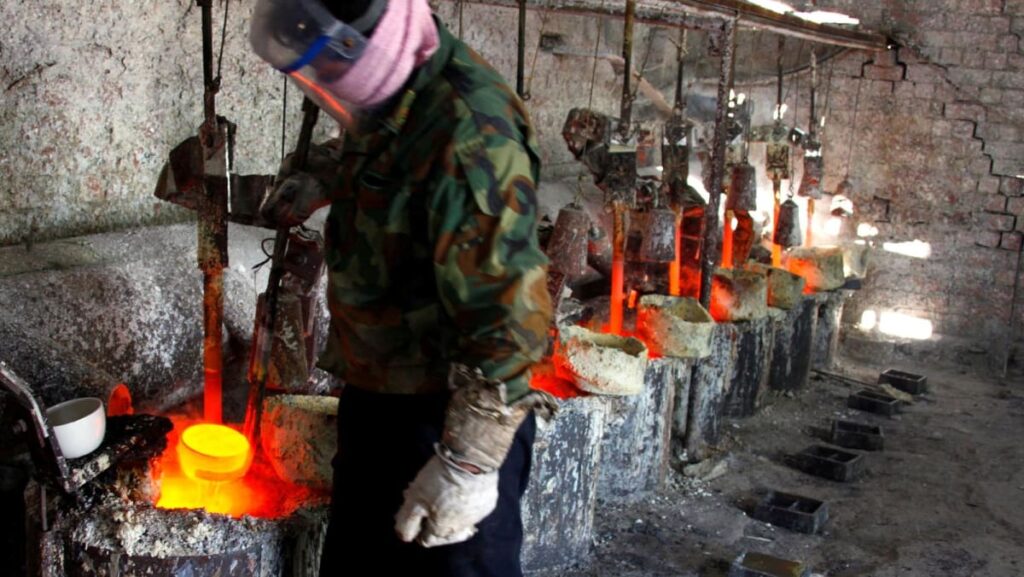“MORE MOMENTUM”
“The United States and other countries have been seeking to diversify for years, and the challenge remains difficult to overcome, yet I think we’re seeing more momentum now than in the past,” said Ilaria Mazzocco, deputy director with the Trustee Chair in Chinese Business and Economics at the Centre for Strategic and International Studies (CSIS) in Washington.
But she said the issue was that many solutions were long-term, while the threat of export controls was immediate.
A US Department of Defense initiative known as “mine to magnets” has been accelerated in recent years. The goal is to develop a fully domestic rare earths supply chain – from sourcing and separation to processing, metallisation, alloying and magnet production.
In 2023, the department invested US$258 million in Lynas Rare Earths – the only non-Chinese commercial-scale producer – to open a production facility in Texas. The Australian company achieved a milestone in May this year by producing the heavy rare earth dysprosium oxide at its Malaysian plant – the first time it has been done commercially outside China.
There are other moves afoot by the US and its allies to break China’s dominance in the sector.
Washington in 2022 launched the Minerals Security Partnership with 14 partners including Japan, South Korea, India, Britain and Australia. Resource-rich countries such as the Democratic Republic of Congo, Greenland, Kazakhstan and Ukraine are involved in project development and policy dialogue as forum members.
In June, the Group of Seven unveiled a new action plan on critical minerals. And a Quad initiative was launched in July to diversify the critical minerals supply chain.
While there is momentum, analysts say these efforts might not be enough to challenge Beijing’s long-standing dominance of the industry.
“Multilateral initiatives, like the G7, Quad and (Minerals Security Partnership) are still largely in a diplomatic stage, ” said Gracelin Baskaran, director of the CSIS Critical Minerals Security Programme.
It is also not clear if the Minerals Security Partnership is a viable alternative to Chinese supply, according to Hu Xinyue, a senior analyst with the China Programme at the S Rajaratnam School of International Studies in Singapore
She said the partnership had seen limited investment and it lacked technical expertise.
“Environmental concerns could be a significant hurdle to developing the partner countries’ rare earth mining or production capability,” she added.
Hu said the time it took to get mining projects up and running in the US was another obstacle, noting that it could take 16 years to secure permits and complete construction before production could begin.
Read the full article here

